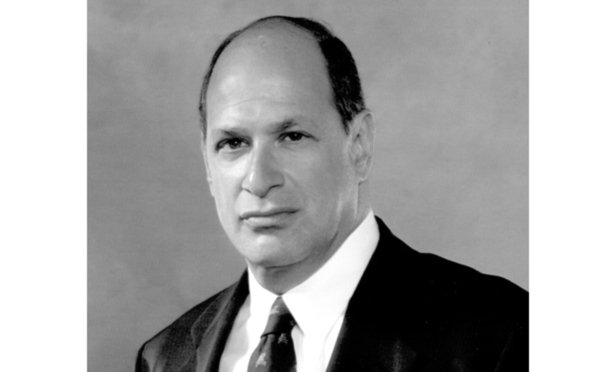Colleagues, and others, occasionally recommend that I write on a subject that, for one reason or another, interests them. After the troubling, and eye-opening, article by the influential James B. Stewart of The New York Times in his Common Sense column on March 15, 2014 (“A Dragnet at Dewey & LeBoeuf Snares A Minnow”),1 requests came out of the woodwork. Simply stated, this author was repeatedly asked “How can it be that a white-collar suspect, indeed a target, could be asked to attend a meeting (e.g., with the SEC) where the district attorney’s office is present, and not be told that he is a criminal target, perhaps even just days away from being indicted for crimes that are being ‘discussed’ at the meeting?”
For certain, the term “suspect” is not a term of art, unless you consider a phrase employed in a Law & Order episode to be such. The term “target” is, and in the Justice Department’s lexicon, a “target” is a person as to whom the prosecutor has “substantial evidence” linking him to the crime.2 A “subject,” on the other hand, is defined more loosely by the Justice Department as an individual “whose conduct is within the scope of the grand jury’s investigation”3—basically a definition with the elasticity of a rubber band. Accordingly, the word “suspect,” for our purposes in this article, is an individual at whom law enforcement is taking a very serious look, and who may possess the requisite goods needed to charge him.



